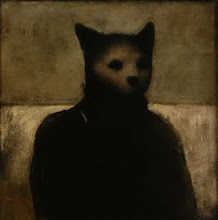
So often, it seems, humility goes hand-in-hand with progression.
When a weakness is accepted, it can then be fixed and built upon. Personally, I get frustrated when I don’t pick up a new technique quickly. Even worse, is when a bad habit emerges while doing a technique I thought I knew inside-out.
In my experience to date, humility is the only solution. If I really want to execute the technique correctly, I figure, I have to admit to myself there is a weakness to be fixed.
And believe me, I always find plenty to keep me busy.
When a weakness is accepted, it can then be fixed and built upon. Personally, I get frustrated when I don’t pick up a new technique quickly. Even worse, is when a bad habit emerges while doing a technique I thought I knew inside-out.
In my experience to date, humility is the only solution. If I really want to execute the technique correctly, I figure, I have to admit to myself there is a weakness to be fixed.
And believe me, I always find plenty to keep me busy.
Says Ueshiba: "Failure is the key to success..."





